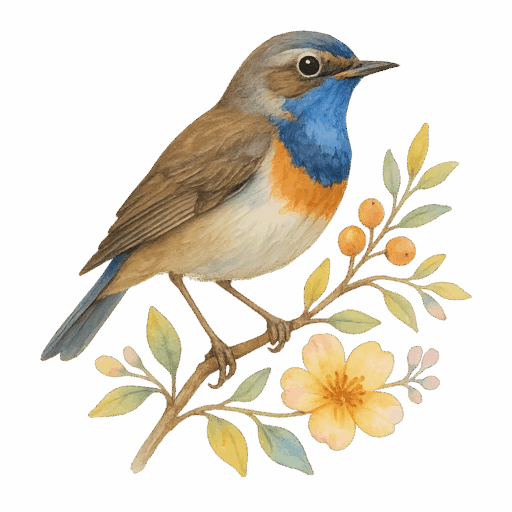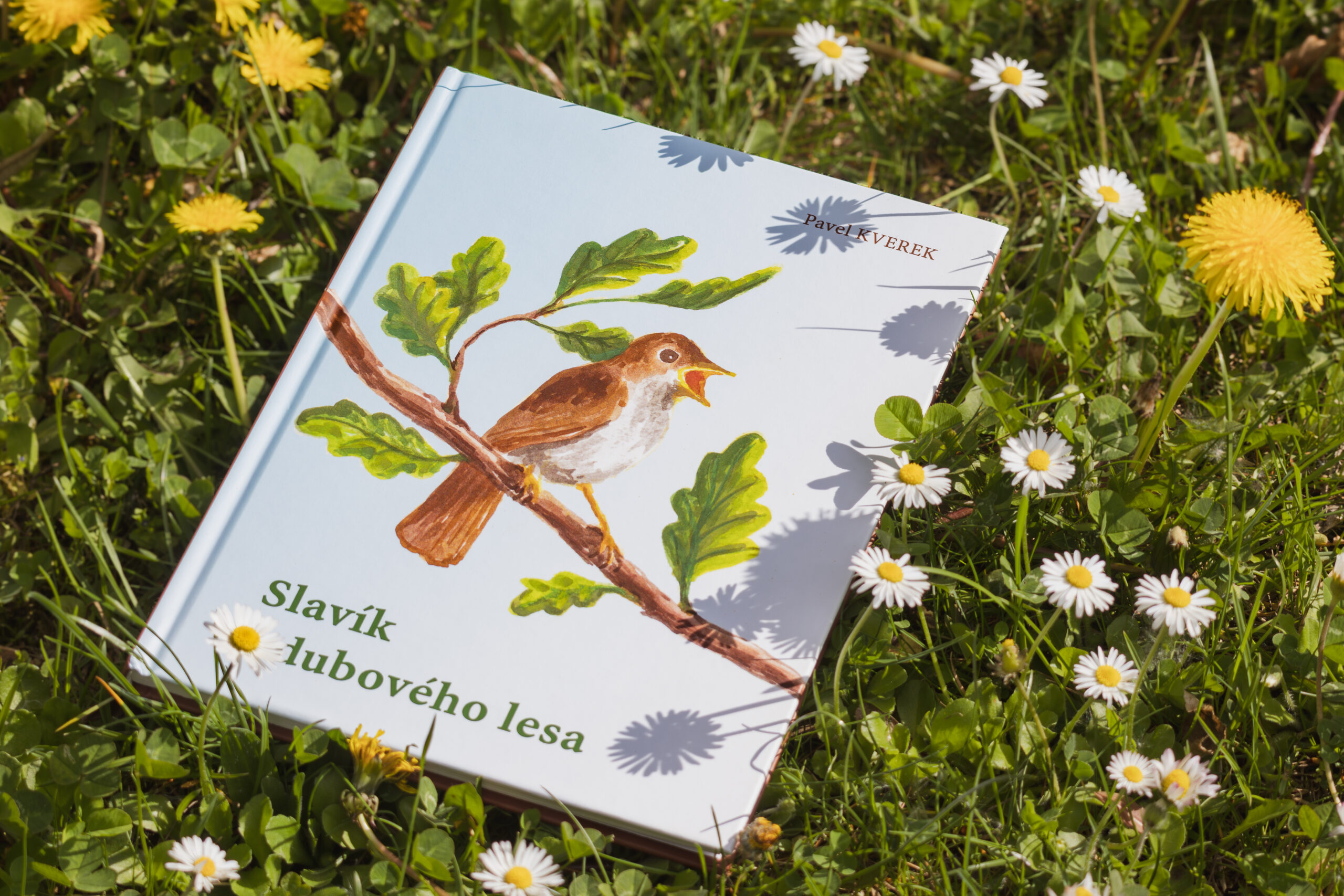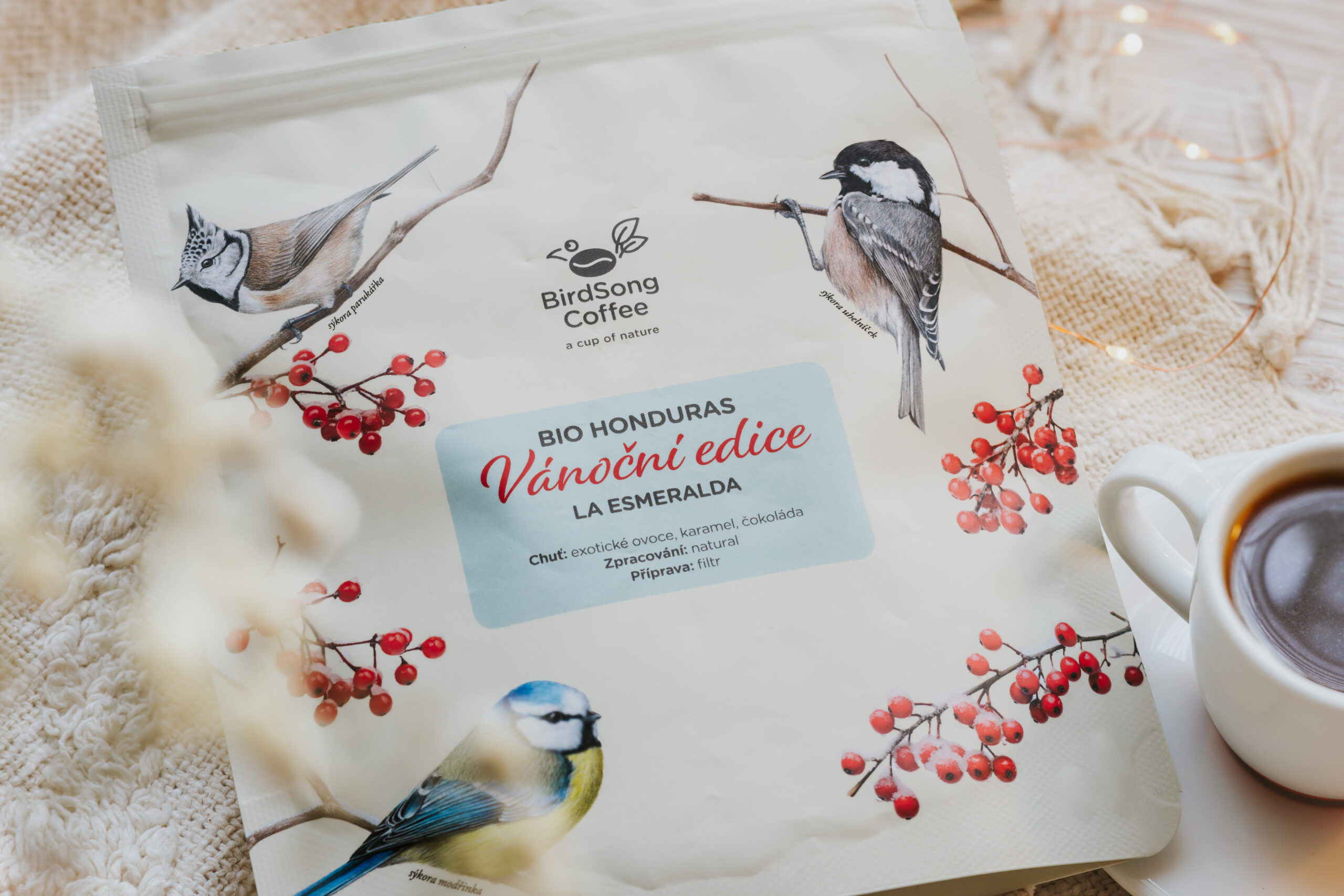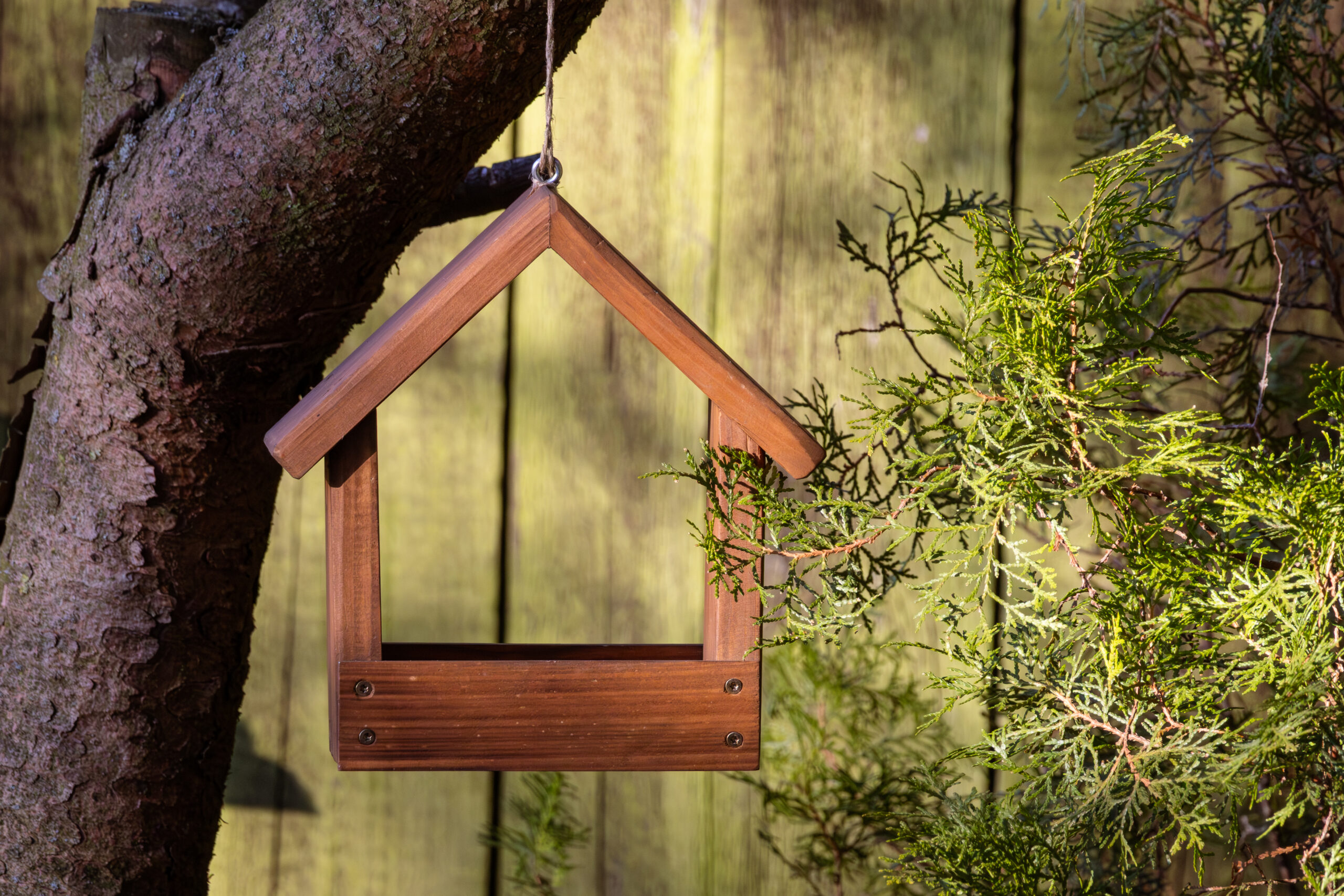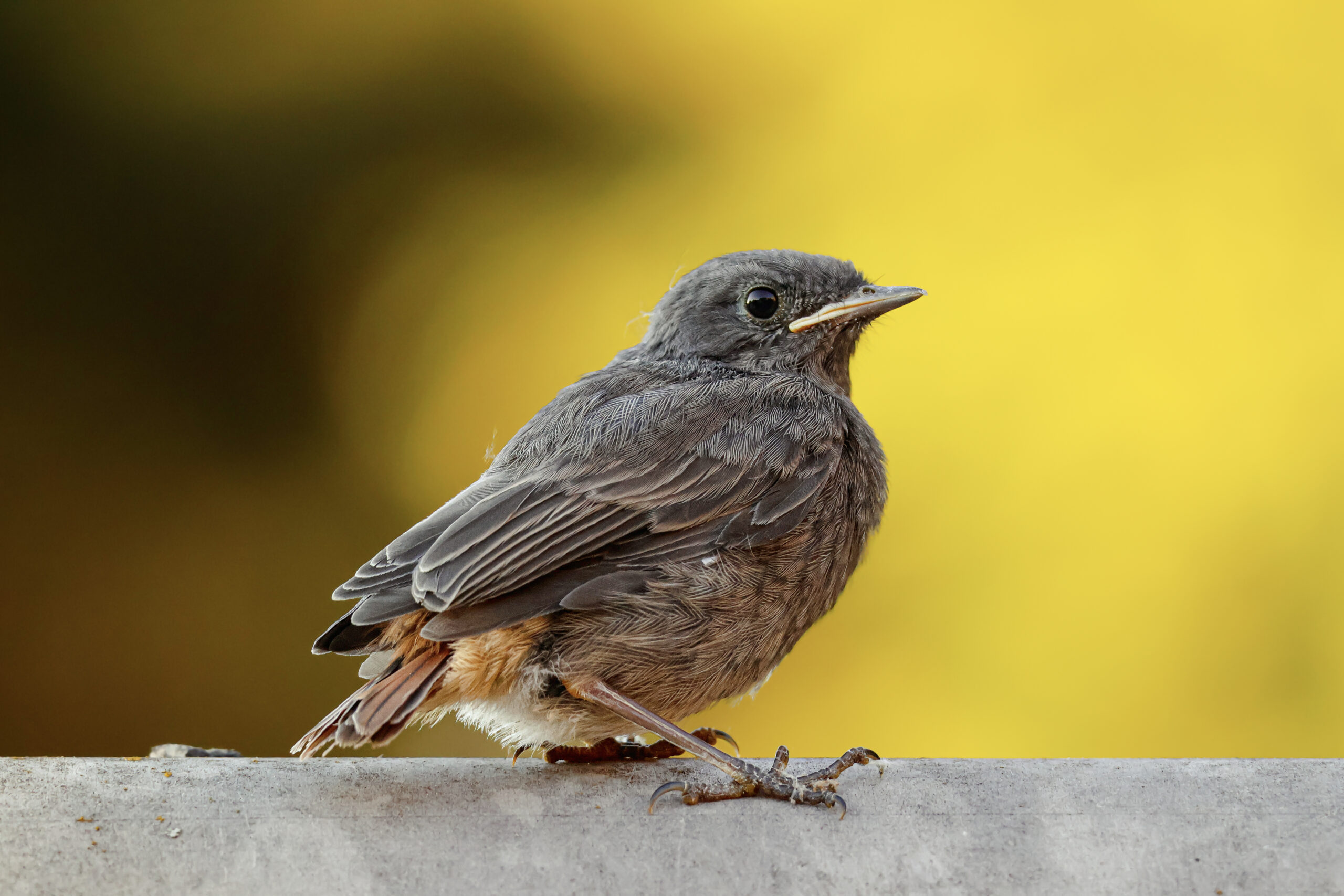
Black Redstart – A May Fledgling
A May evening was just perfect for a reflective walk in nature. The calm waters of my stroll were suddenly rippled by a wave of pure joy – the thrill of an unexpected encounter. Out of the blue, perched on a fence between garden plots, appeared a small, grayish, irresistibly cute black redstart chick. The little bird allowed me to come astonishingly close – at one point, barely a meter away!
It didn’t seem frightened, only a bit clumsy and unusually trusting – as if it had just left the safety of its nest and was taking its first cautious look at the world. The young redstart observed me with what seemed like the same curiosity I felt toward him. In the gentle backlight of the afternoon, he even paused long enough to pose photogenically. :o)
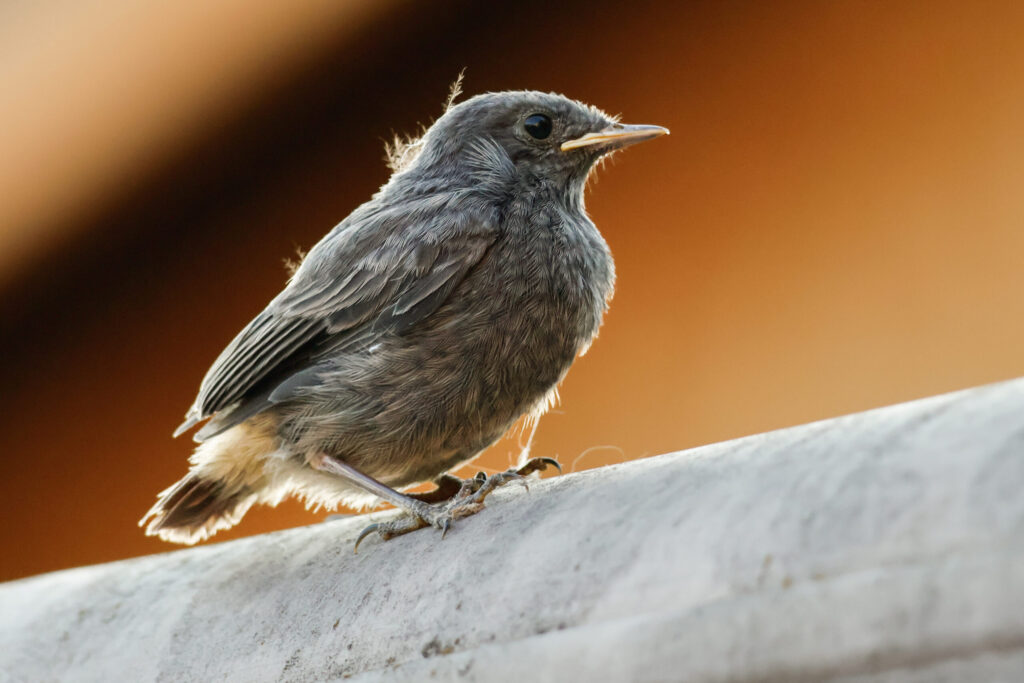
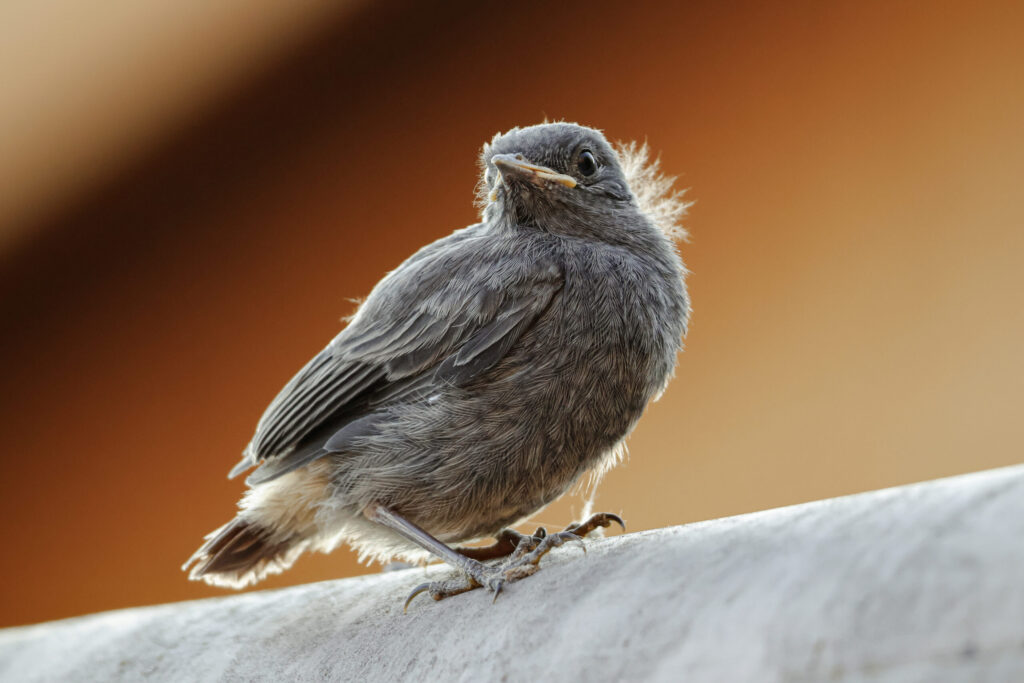
A Tail-Wagging Charmer
The black redstart (Phoenicurus ochruros) is a songbird from the flycatcher family, like the European robin. How can you recognize it among other birds? This lively little gray bird is slightly smaller than a sparrow. Its signature feature is the bright orange tail, which it constantly flicks, often making its little bottom bounce in a squatting motion. :o)
In the excitement of the moment, I managed not only to snap photos but also to record a short video. Below, you can watch these typical redstart movements – so next time you spot one in nature, you’ll know what to look for and perhaps feel the same joy I did.
The Clever Little “Chimney Bird”
In Czech, the black redstart is affectionately nicknamed kominíček, which literally means “little chimney bird.” The name makes perfect sense once you get to know them – these lively songbirds love perching on rooftops, fences, and chimneys, singing their bright songs from the highest points around.
The redstart shares a few traits with the robin, though robins prefer to stay closer to the ground. Redstarts, on the other hand, like to take in the world from above. Did you know they originally come from mountainous regions? Their natural habitat includes rocky cliffs, gorges, and scree slopes. But as true masters of adaptation, they’ve adjusted remarkably well to city life – finding rooftops and walls that remind them of their old mountain homes.
The charming Czech nickname also reflects their plumage. An adult male in breeding colors looks like a tiny chimney sweep: dark gray to black with a white wing patch (young males are more uniformly brown). Females and juveniles are softer gray-brown – just like my little May companion. That rusty orange tail, however, is always a giveaway – it’s even embedded in the Latin name Phoenicurus, which literally means “red-tailed.”
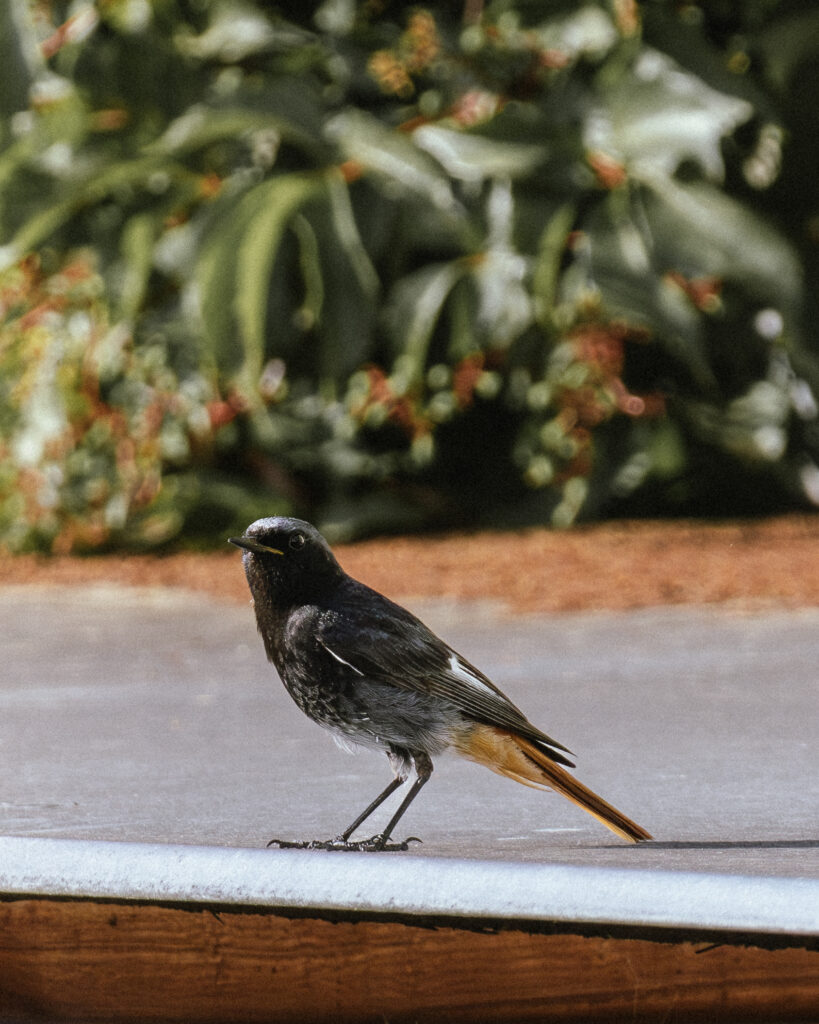
A Symbol of New Beginnings
What does it mean to see a redstart? :o) For centuries, the black redstart has lived close to humans and has become part of many local legends. In the Swiss canton of Bern, people considered this bird a symbol of good luck – if it nested in your house, the year ahead would be prosperous. Elsewhere, redstarts were believed to protect a home from lightning or fire, while in other places the opposite was feared.
In British culture, the orange-tailed bird carries another special meaning. During World War II, it was nicknamed the “bombsite bird” because it often nested in the ruins of bombed buildings. The presence and growth of redstart populations were seen as symbols of hope and renewal during tough times.
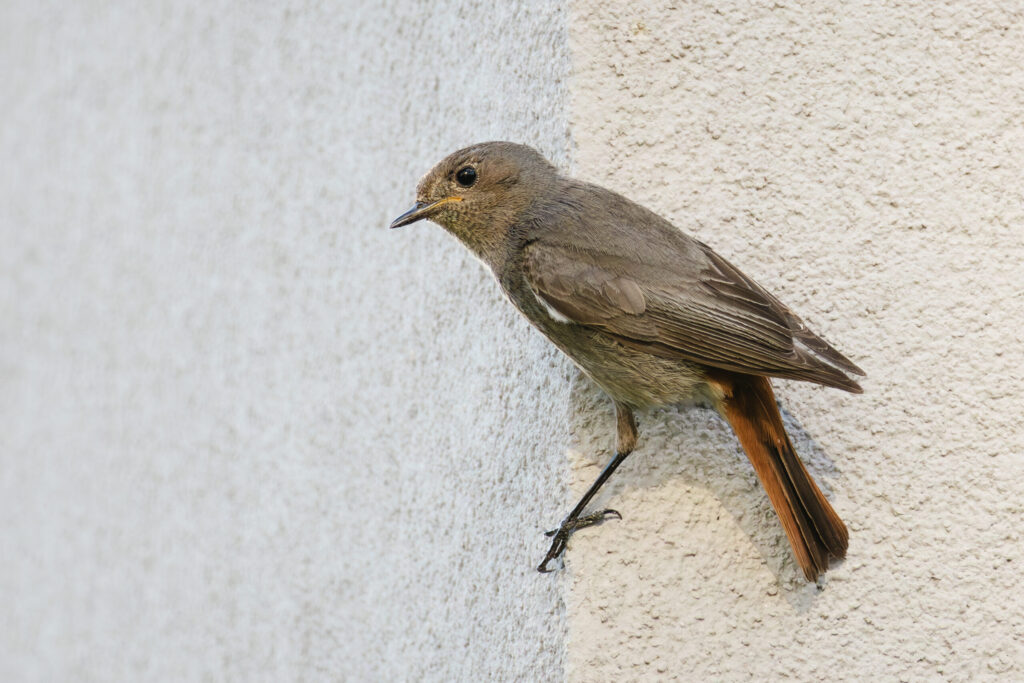
Bird of the Year 2024
Among nature lovers, the announcement of the Bird of the Year is always eagerly awaited. :o) For 2024, the honor went to the black redstart, passing the symbolic baton from the tufted duck. The Czech Society for Ornithology has been awarding this title every year since 1992, aiming to highlight bird species that deserve special attention or protection – for both experts and the general public.
How can we help redstarts? Over the last decades, these migratory birds have increasingly spent time wintering in Europe, including the Czech Republic. Their changing migration patterns are likely influenced by climate change. Ornithologists, with the help of volunteers, map redstart sightings during winter. We can also help insect-eating birds by avoiding pesticides in our gardens. A healthy environment with abundant food is essential for their survival.
If you’d like to learn more, I recommend the January issue of Ptačí svět (Bird World), published by the Czech Society for Ornithology. It’s the only Czech periodical entirely dedicated to birds and their protection, both locally and globally. You know what I realized? When I picture a newsstand filled with glossy magazines – Vogue, Cosmopolitan, Elle – I still reach straight past them all for Bird World! :o)
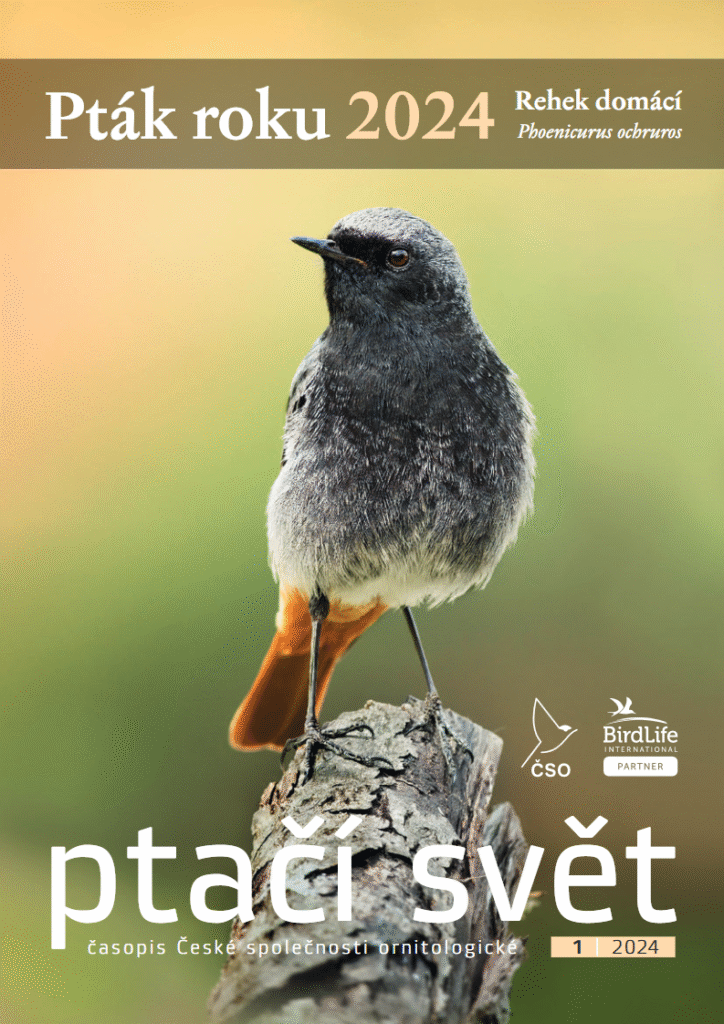
We exchanged a final look at each other – the redstart and I – before returning to our respective worlds. He likely flitted back to his parents, and I returned to my cozy den with computer and memory card in hand. On the way home, I was giddy with happiness from our rare encounter, eagerly wondering if any of my photos had captured his charm.
Wishing you joyful moments in nature!
Amarylka
Sources:
- birdlife.cz
- Ptačí svět 01/2024
- songbird-survival.org.uk
- birdertopia.com
